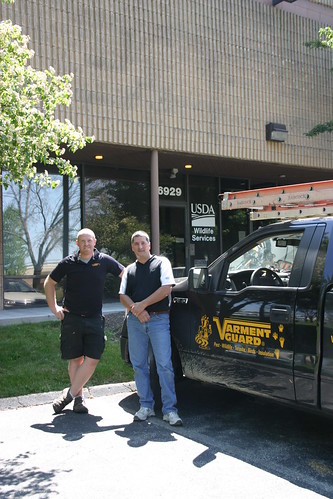When startled by a swarm of flying and buzzing insects, complete with stingers, the common response may be to grab an aerosol can of insecticide; but appreciating the vital importance of honey bees to agriculture and knowing something of various difficulties currently faced by bees, alternative actions are warranted.
Recently my staff noticed a huddled mass of what turned out to be bees in the lot by our office and shop. We looked for a queen but left the swarm alone. It later became apparent the bees had created a home under flashing at the building’s roof line, which seemed an inopportune location both for the bees and my staff.
We encouraged our landlord to consider relocation of the hive and were amazed to watch the process when Charlie Reffitt showed up one May morning. In shorts and T-shirt, he climbed 20 feet up a ladder, with bees swirling around. He inserted a funnel-like device into the hive under the flashing, caulking all other entrances. He secured a cardboard box on the roof, populated with a queen and initial colony.

The funnel served as an exclusion device, creating a one-way passage through which the bees could leave. When returning from their nectar search however, the bees could not re-enter the wild hive but were attracted instead to the boxed queen. Within days the wild bees had all relocated to the cardboard hive, which Charlie picked up to integrate the wild bees into local apiaries.
This process benefits the bees, agriculture and the homeowner or business that isn’t looking to share space with bees. Private beekeepers will often collect swarms and hives found at ground level but specialists may be needed for some locations. Not every nuisance control company offers this service, but the value to agriculture is well worth the search and investment.

Bee pollination is responsible for more than $15 billion in added crop value, particularly for specialty crops, such as nuts, berries, fruits, and vegetables. About one mouthful of three in our diet benefits from honey bee pollination, directly or indirectly.
USDA is surveying hives to learn more about pests and diseases that may be contributing to the decline of honey bee colonies nationwide. Scientists are investigating colony collapse disorder. While this research progresses, those of us encountering poorly placed hives can protect agriculture and bees -- one hive at a time.
